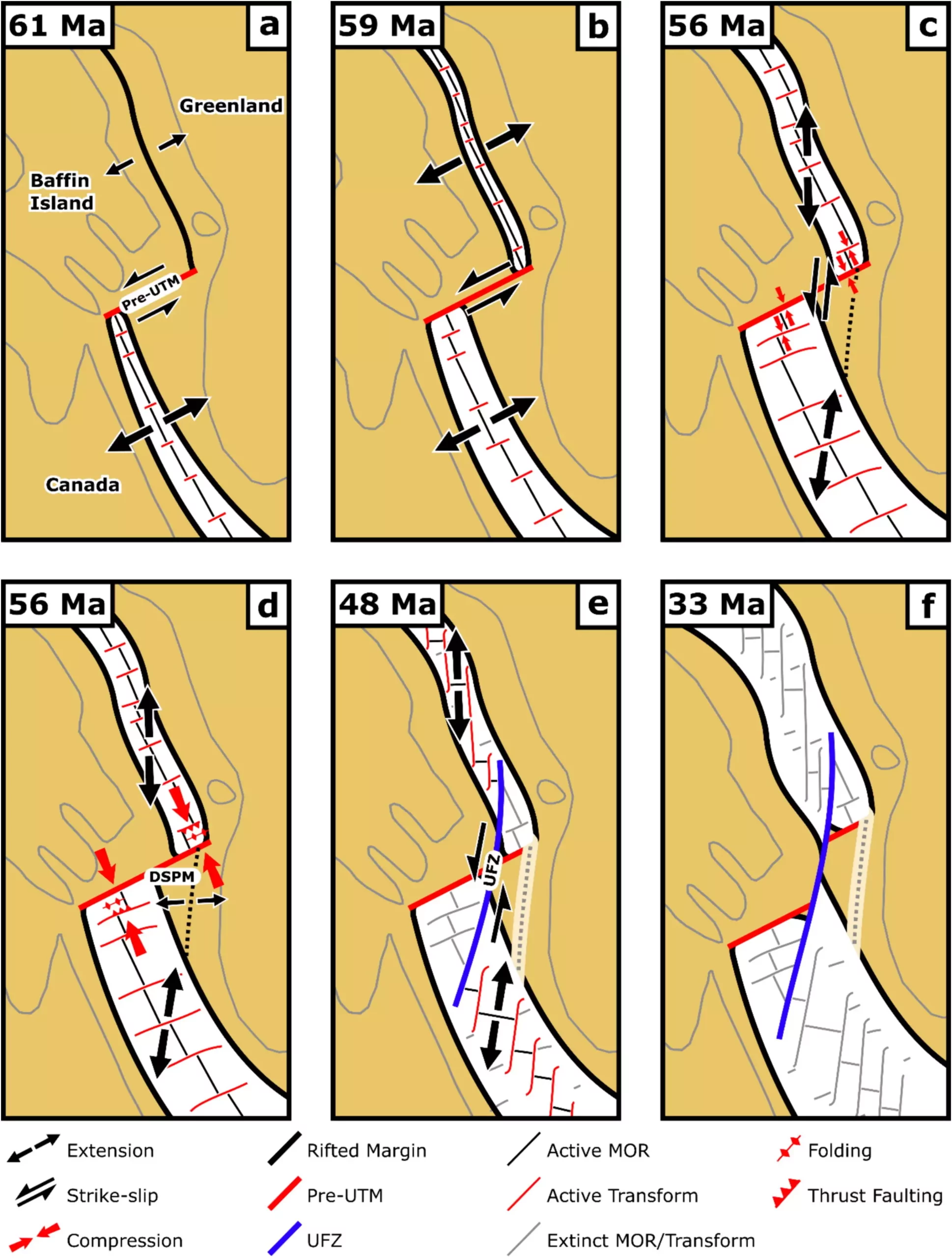Plate tectonics play a crucial role in shaping the Earth’s surface, leading to seismic activities, volcanic eruptions, and mountain formations. One of the intriguing areas where significant tectonic movements have occurred is the boundary between Canada and Greenland, resulting in the formation of the Davis Strait seaway. This region has revealed an anomalous feature – a thicker fragment of continental crust submerged in the ocean, now identified as the Davis Strait proto-microcontinent. Recent research published in Gondwana Research sheds light on the formation of this microcontinent and its implications in understanding the evolution of Earth’s lithosphere.
The study, led by Luke Longley and Dr. Jordan Phethean from the University of Derby, UK, along with Dr. Christian Schiffer from Uppsala University, Sweden, delves into the tectonic history of the Davis Strait proto-microcontinent. Their research aims to unravel the mechanisms behind the formation of this unique geological feature and its significance in the context of plate tectonics.
By analyzing gravity and seismic reflection data, the research team mapped out the evolution of the proto-microcontinent over approximately 30 million years. They identified the initiation of rifting between Canada and Greenland around 118 million years ago during the Lower Cretaceous period. Seafloor spreading commenced in the Labrador Sea and Baffin Bay around 61 million years ago, leading to significant tectonic changes in the region. The period between 49-58 million years ago was crucial in the formation of the Davis Strait proto-microcontinent, with the orientation of seafloor spreading shifting towards the northeast-southwest direction.
Dr. Phethean highlights the importance of understanding microcontinent formation in predicting future tectonic events. The research conducted in the Davis Strait region serves as a natural laboratory for studying such phenomena due to its distinct plate motion changes. The insights gained from the study could have broader applicability in investigating other microcontinents worldwide, such as the Jan Mayen microcontinent, the East Tasman Rise, and the Gulden Draak Knoll.
The research on the Davis Strait proto-microcontinent offers valuable insights into the dynamic nature of plate tectonics and the formation of geological anomalies. By reconstructing the tectonic movements that led to the emergence of this microcontinent, the study sheds light on the processes driving Earth’s lithospheric evolution. Further research in this field could pave the way for a better understanding of microcontinent formation and its implications for future geological events.


Leave a Reply